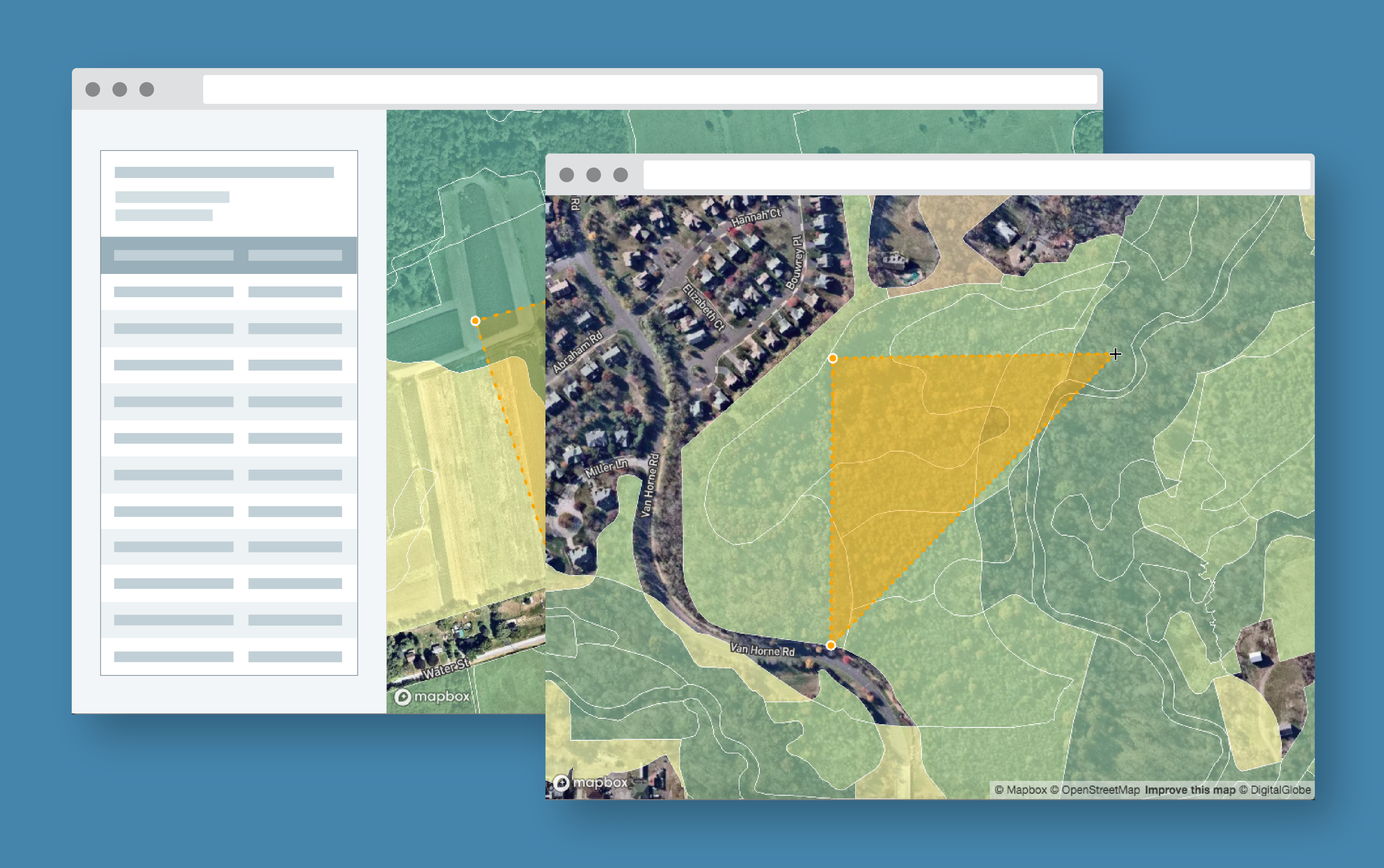Software Engineering
<- Return to all blogs
-
Enhancing the Pangeo Community with NASA Earth Observing System (EOS) Data
One of our main missions at Element 84 is to help reduce the amount of time that researchers (scientific and corporate, alike) spend wrangling, downloading, cleaning, and prepping data in pursuit of their primary research question. A recent NASA study put that number at around 60%–leaving less than half of a scientist’s time available for…
-
Enhancing the Pangeo Community with NASA Earth Observing System (EOS) Data
One of our main missions at Element 84 is to help reduce the amount of time that researchers (scientific and corporate, alike) spend wrangling, downloading, cleaning, and prepping data in pursuit of their primary research question. A recent NASA study put that number at around 60%–leaving less than half of a scientist’s time available for…
-
Raster Vision: A New Open Source Framework for Deep Learning on Satellite and Aerial Imagery
Azavea is pleased to announce the release of Raster Vision, a new open source framework for deep learning on satellite and aerial imagery.

-
Creating Leaflet Tiles from Open Data using PostGIS and QGIS
A guide to transforming open geospatial data into slippy map tiles to display in Leaflet or OpenLayers using PostGIS, QGIS, and QTiles.
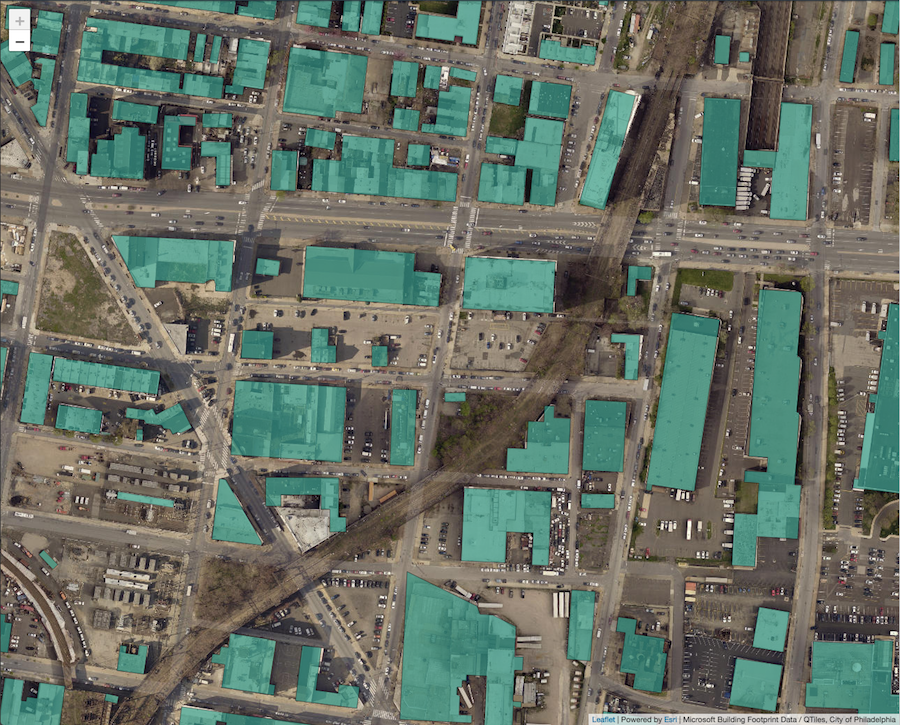
-
Engineer Onboarding with Breakable Toy
My experience joining the Operations Team at Azavea. This was the first time my colleagues used the Breakable Toy apprenticeship pattern.

-
Tracking Hurricane Florence with GOES-16 and SATcat
The 2018 Atlantic hurricane season is the second in a row to feature three simultaneous storms–the most recent, and most dangerous being Florence which reached Category 4 status earlier in the week (now at a Category 2) as it moves within a day of the Carolinas and US Mid-Atlantic Region. NOAA has a full suite…
-
Tilegarden: Serverless Tile Rendering with AWS Lambda
This 2018 Azavea Open Source Fellowship project enables serverless Lambda-based raster and vector tile generation from PostGIS data.
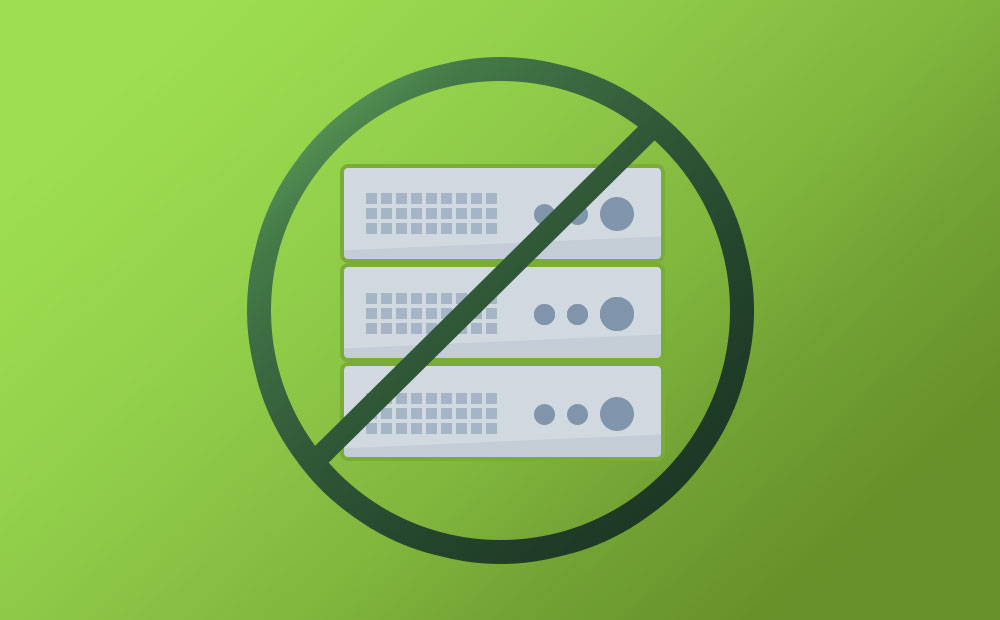
-
Introducing Grout: a Flexible-Schema Framework for Geospatial Apps
Grout is an open source framework that empowers non-technical administrative users to directly define and modify data at the core of their application.
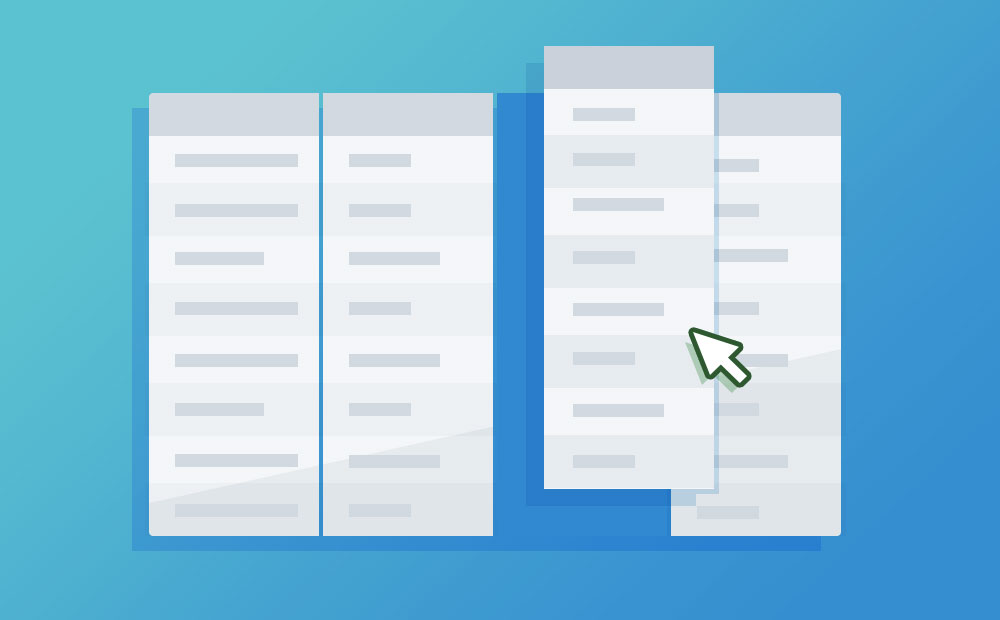
-
How to Save a Mapbox GL Web Map Extent as an Image
Learn how to generate a Data URL or image file of the current map extent from a Mapbox GL Web Map.
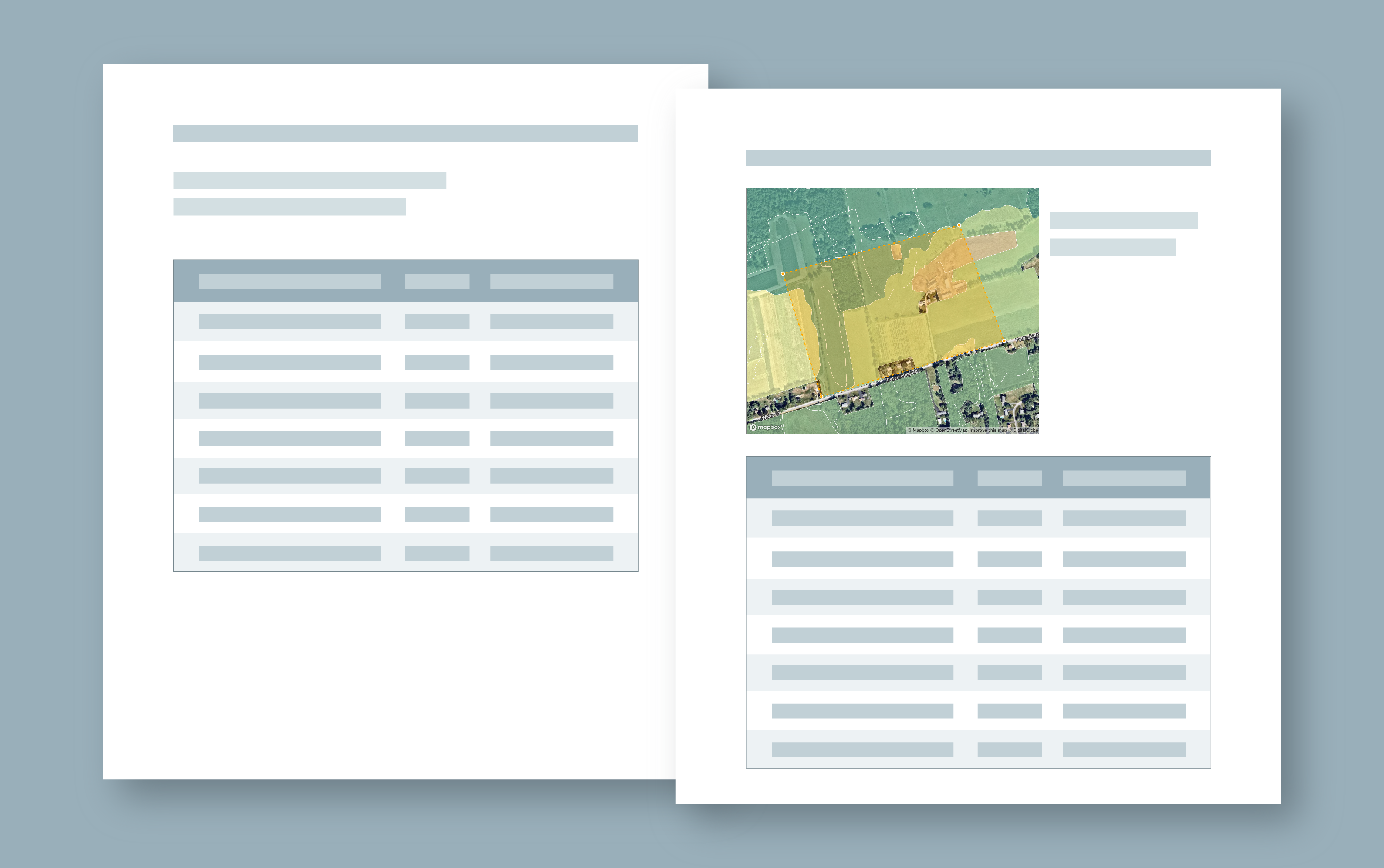
-
How to Convert Geodatabase Spatial Data and Related Tables to Vector Tiles
Use this open source data processing pipeline to convert geodatabase files to vector tiles for use in a web application.
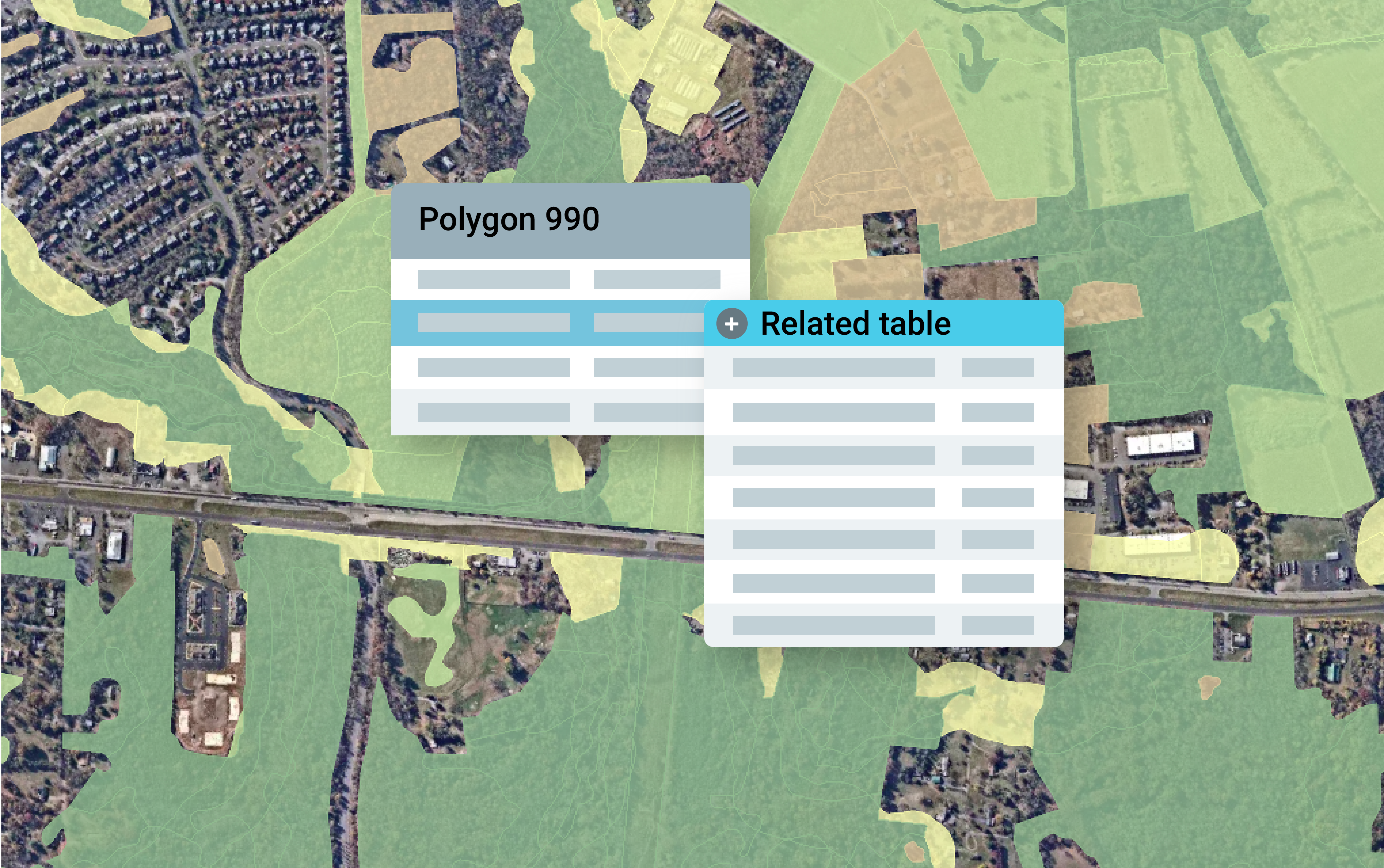
-
Exploring Protected Wildlife Habitat for Every Property in New Jersey
This Azavea 10% Time project defines a process for converting big data files to vector tiles and allows a user to identify habitat areas in need of protection.
